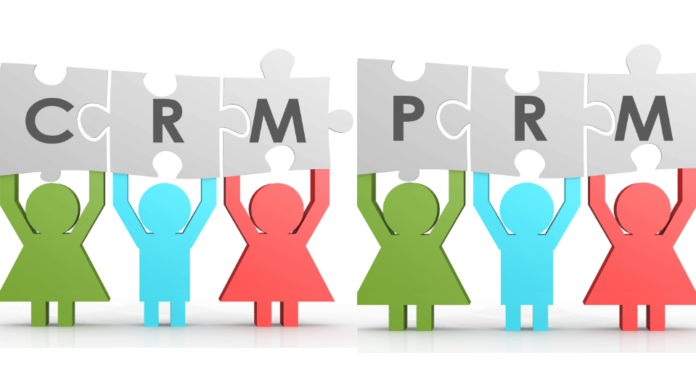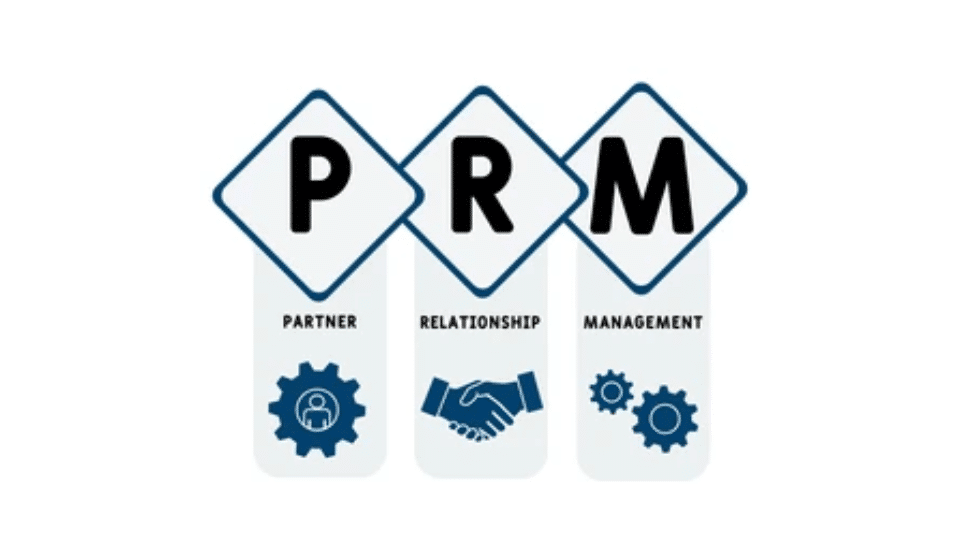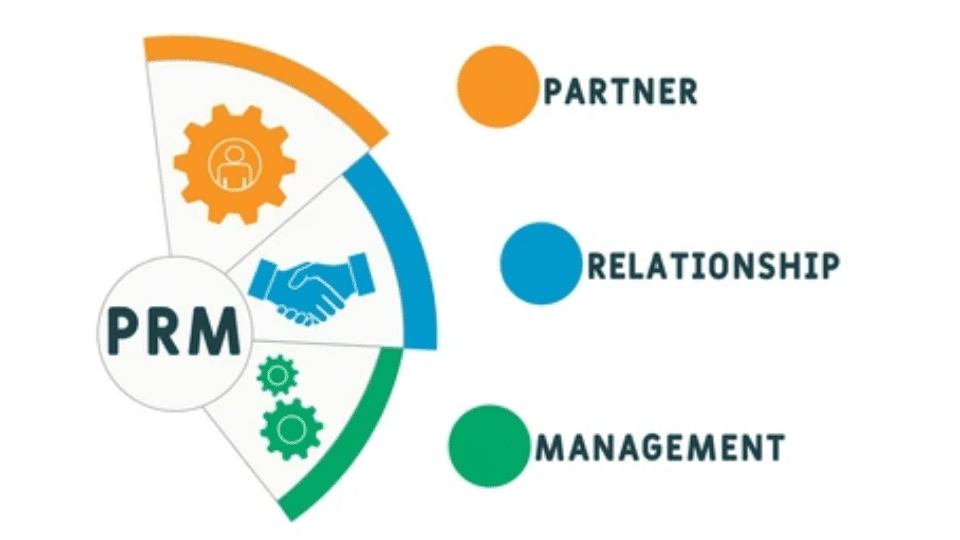In the competitive landscape of business, where customer relationships and partner collaborations are paramount, the terms “CRM” vs “PRM” have become increasingly prevalent. But what exactly do they mean, and how do they differ?
Customer Relationship Management (CRM) and Partner Relationship Management (PRM) are two distinct approaches that organizations employ to optimize their interactions with customers and partners respectively.
Understanding the differences between CRM vs PRM, along with the unique features and benefits they offer, is essential for businesses aiming to thrive in today’s interconnected world.
In this article, we embark on a comprehensive exploration of CRM vs PRM, dissecting their contrasting characteristics, examining their functionalities, and also shedding light on the advantages they provide.
Key Takeaways
|
Table of Content:
Table of Content
Difference between CRM vs PRM
CRM is an acronym for Customer Relationship Management. While PRM stands for Partner Relationship Management. They are terms that repackage existing concepts into new frameworks with functional distinctions. While CRM focuses on managing customer relationships, PRM involves multiple layers as businesses engage with various partners.
Moreover, this often requires aligning with diverse business processes and workflows to ensure a successful sales enterprise. Furthermore, each partner plays a crucial role in creating value throughout the production, sales, and consumption journey.
Therefore, we delve into the dissimilarities between CRM and PRM, shedding light on their unique characteristics and benefits. When it comes to expanding your market and ensuring success in channel sales, effectively managing customers and technology becomes both challenging and crucial.
This is where CRM steps in, offering a framework to understand and meet customers’ needs, ultimately driving revenue and ensuring their satisfaction. On the other hand, PRM requires the implementation of customer interaction technologies across various channels.
Pros and Cons of CRM

CRM platforms offer a range of benefits like lead management software empowering businesses to streamline sales processes, improve customer satisfaction, and make data-driven decisions. However, like any technology solution, CRM also has its limitations and potential drawbacks.
Pros of CRM
- Many organizations have ramped up their investments in CRM due to its utilization of modern technology, such as phones, SMS, email, and also postal services, to consistently promote their products to targeted clients.
- CRM builds customer trust by consistently engaging with them, understanding their purchasing patterns, and instilling the belief that new products are always desirable and worth buying.
- When it comes to persuading customers to try out your product during the initial phases of your business, CRM proves to be a valuable approach.
Cons of CRM
- CRM relies on analyzing customer behavior data, but it falls short because it cannot predict human behavior in today’s rapidly changing world.
- When the number of your channel partners grows, relying solely on a CRM system becomes impractical as it may ultimately hinder your final sales outcomes.
Pros and Cons of PRM
PRM has emerged as a powerful approach for businesses to effectively manage and nurture their relationships with partners. Moreover, by providing a dedicated framework to streamline collaboration and optimize partner interactions, PRM offers numerous benefits. However, like any strategy or system, PRM also comes with its own set of pros and cons.
Pros of PRM
- PRM solutions prioritize product sales and offer a consistent, long-term profitability outlook.
- By implementing a PRM strategy, businesses encourage customer loyalty, ensuring repeat purchases and sustained sales for their products.
- With the aid of PRM, dealers, vendors, and channel partners can collaborate more efficiently, also establishing a robust business model within the broader sales ecosystem.
Cons of PRM
- Businesses need to be extremely careful when managing their relationships with selling partners, as a misstep can lead to a loss of revenue in the long run.
- PRM is often overlooked in strategic planning meetings, as it is still perceived as solely the responsibility of the sales department.
Why are PRMs Necessary?
Customer relationship management, known as CRM, has been a well-established concept for quite some time, with companies like Salesforce building billion-dollar businesses around it. Despite its popularity, studies indicate that 90% of recruiting managers face difficulties in finding qualified candidates for direct sales roles.
As a result, businesses are increasingly relying on indirect sales channels to drive their expansion efforts. However, traditional CRM platforms designed for sales purposes often fall short in handling the complexities of multi-level and global partnership relationships. This is where partner relationship management, or PRM, comes into play.
The key advantage of PRM lies in the time-saving capabilities it offers to those responsible for managing partnerships. PRM assists them in efficiently carrying out various tasks throughout the partner life cycle, including partner recruitment, training, network facilitation, and partner development.
Let’s delve deeper into each of these aspects for a more comprehensive understanding.
How Does the PRM System Work?
PRM brings together two valuable resources, making it an invaluable tool for all partners. It serves as the preferred platform for partners to manage their interactions, collaborate with the business, handle leads and opportunities, and execute marketing strategies, among other functionalities.
Since a business may involve multiple partners, PRM operates on multiple layers. This often necessitates alignment with additional business processes and workflows to ensure the success of the sales organization.
The process is intricate, with each partner playing various roles to emphasize value throughout the entire production, sales, and consumption journey.
Moreover, the PRM platform serves as an essential tool used by the indirect team daily. It consolidates all partner-related data, including information on partner knowledge and performance monitoring.
Through the utilization of these two technologies, PRM software promotes the autonomy and effectiveness of partners and groups. Simultaneously, it captures and organizes all the necessary data for partnership managers to effectively oversee their partner relationships.
Benefits of PRM
The benefits of Partner Relationship Management (PRM) are numerous and can greatly contribute to the success and growth of businesses that rely on strong partnerships. Here are some key advantages of implementing PRM:
Recruitment of new partners
One of the objectives of PRM is to simplify the recruitment process by utilizing a public portal. This portal is essentially a webpage that is accessible on the company’s website, making it convenient for potential partners to explore partnership opportunities.
Partner training
Partners can easily complete their training phase directly within the PRM platform, thanks to educational materials provided in a content library or an e-learning module. These resources, including quizzes to assess partner knowledge, are conveniently accessible within the PRM, streamlining the onboarding process for new partners.
Partner Monitoring
Partners can conveniently undergo their training phase within the PRM platform itself, utilizing educational materials found in a content library or an e-learning module. These resources, which include quizzes to evaluate partner knowledge, are readily available within the PRM. Integrating a quiz plugin WordPress allows you to create engaging and interactive quizzes effortlessly, helping you capture audience interest while gathering valuable insights. This streamlined approach simplifies the onboarding process for new partners.
Partner development
Through the PRM platform, businesses can offer partners a range of marketing modules to strengthen their relationships. Specifically, they can provide co-branding initiatives or support the creation of email campaigns directly within the PRM. This enables partners to leverage these marketing resources effectively, fostering a deeper and more collaborative partnership.
Conclusion
In conclusion, CRM vs PRM play crucial roles in managing customer and partner relationships, respectively. While CRM focuses on understanding and meeting customer needs to drive revenue, PRM centers around effectively managing partnerships and optimizing collaboration with partners. Each approach has its own set of benefits and considerations.
In the realm of CRM solutions, HashMicro CRM stands out as a comprehensive and efficient solution for businesses of all sizes. HashMicro CRM offers a wide range of features and functionalities to help businesses effectively manage their customer relationships and drive growth. Try a free demo today and join 1750+ companies in upgrading their workflows.






































